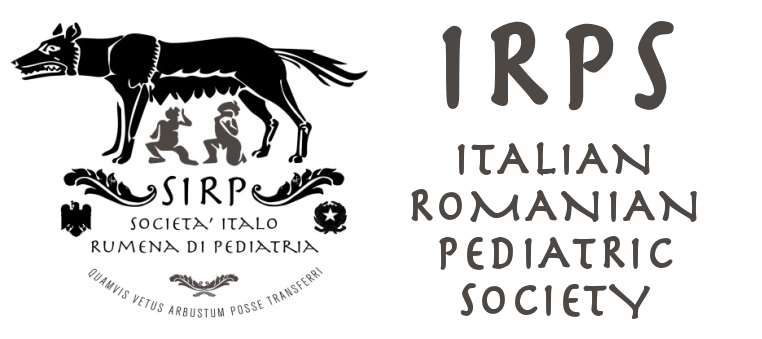Abstract
Healthy lungs are not sterile. In the last decade, it was demonstrated that the healthy lung has its specific microbiota. It is much smaller in numerical terms, compared to the gut microbiota, but it is a unique microbiota that can affect the health and the diseases. With an estimated number of 10-100 bacteria for 1.000 human cells, the lower respiratory tract is one of the less populated surfaces by the bacteria of the whole human body. Even human fetal lungs host a "signature" of the microbiota. The composition of the lung microbiota depends on several factors, including the so-called "microbial immigration" from micro-aspiration and inhalation of microorganisms. The connection between the lung and the gastrointestinal tract is not entirely understood. Patients with respiratory infections generally have gut dysfunctions complications, which are related to a more severe clinical course, thus indicating gut-lung crosstalk. In this review we analyse the lung microbiota in newborns, infants and adults with respiratory disease. In acute pulmonary diseases such as sepsis, trauma, and acute respiratory distress syndrome (ARDS), the lung microbiota becomes rich in gut bacteria, such as Bacteroidetes and Enterobacteriaceae. This phenomenon is also called "more gut in the lung". In acute situations, the gut becomes hyper-permeable (leaky gut), and the bacteria can translocate through the colon wall and reach the lung affecting the inflammation, the infection, and the acute pulmonary damage. The increased gut permeability is associated with an increased alveolus-capillary hyper-permeability as well.
There are tight correlations between the lung microbiota and the admission in intensive care. In particular, the modifications of the lung microbiota can help in predicting in which way the patients in critical condition will respond to the treatments. It has been investigated if the different incidence depending on age and the different courses between adults and children for Novel COronaVIrus Disease 2019 (COVID-19) could be due to the different concentrations and or activation of angiotensin-converting enzyme 2 (ACE2) at the intestinal and pulmonary level. ACE2 is mainly localized on the luminal surface of the intestinal epithelial cells and it has been hypothesized that gut microbiota influences the action of ACE2. Thus, a close relationship between COVID-19 and the microbiota can be hypothesized (it has been studied in cats). Potential interventions for COVID-19 are: nutritional, antiviral, anti-coronavirus, and miscellanea. Other options could include also probiotics, especially Bifidobacteria and Lactobacilli, namely L. gasseri. In the next future, metabolomics could be applied in the study of COVID-19, deciphering the secret languages between viruses, bacteria and the organism.

